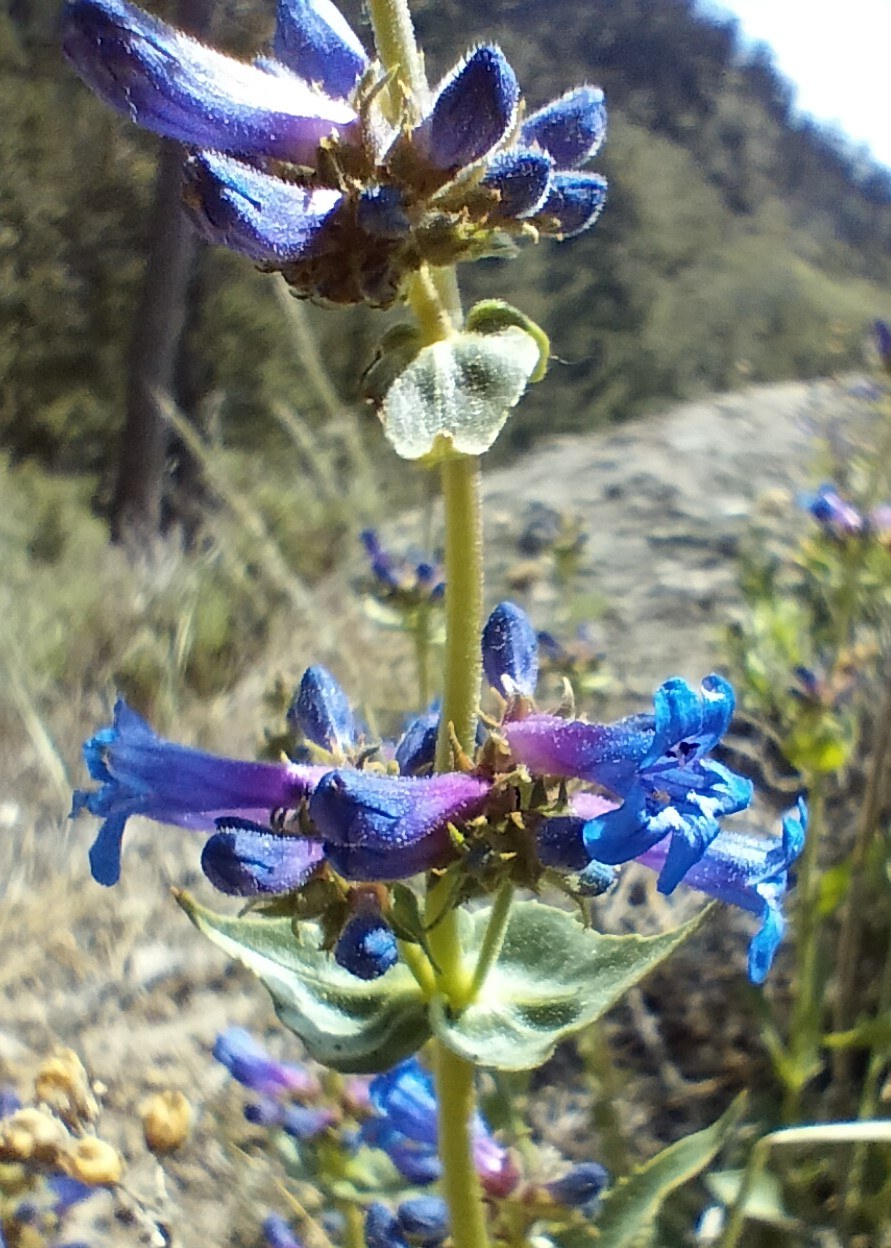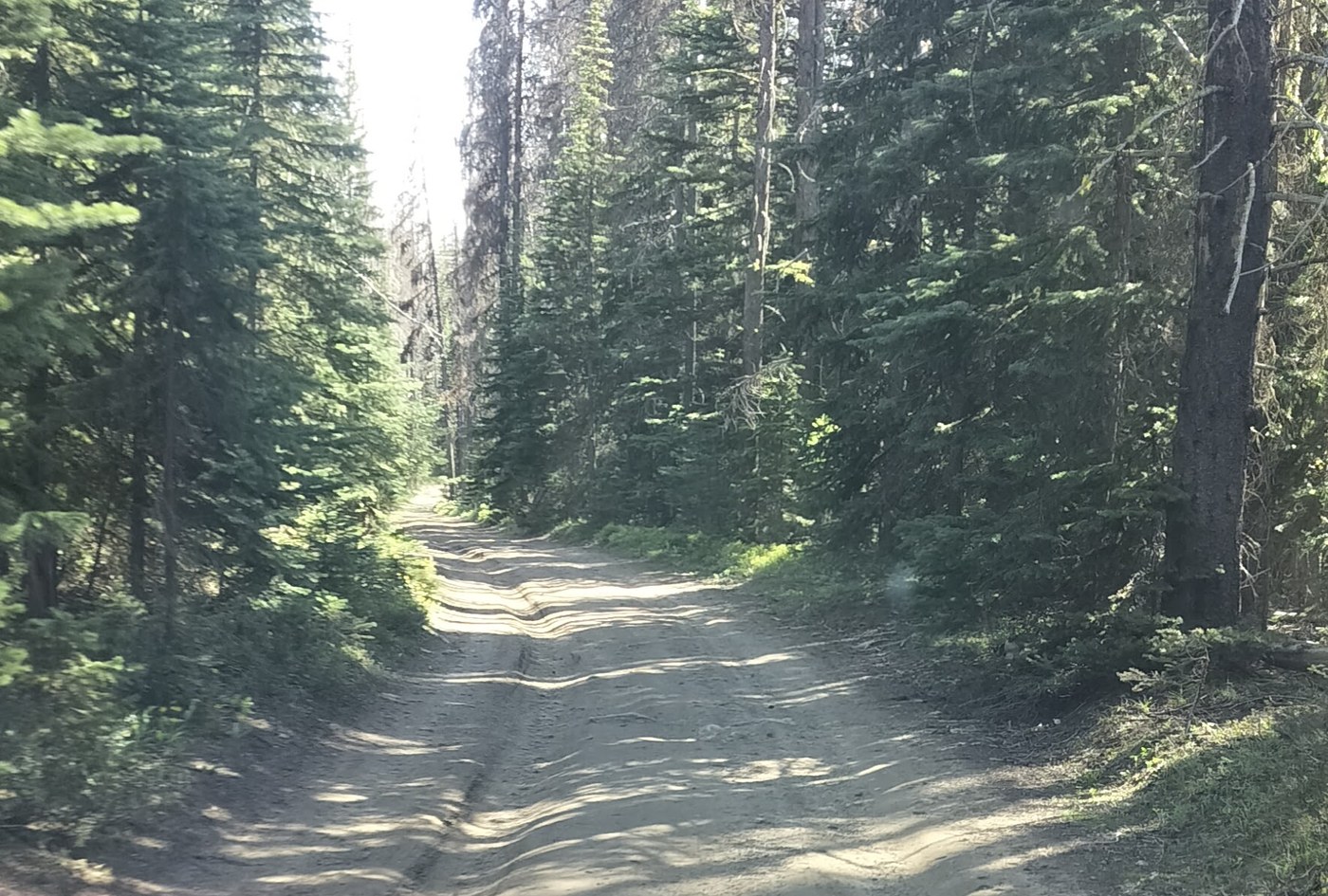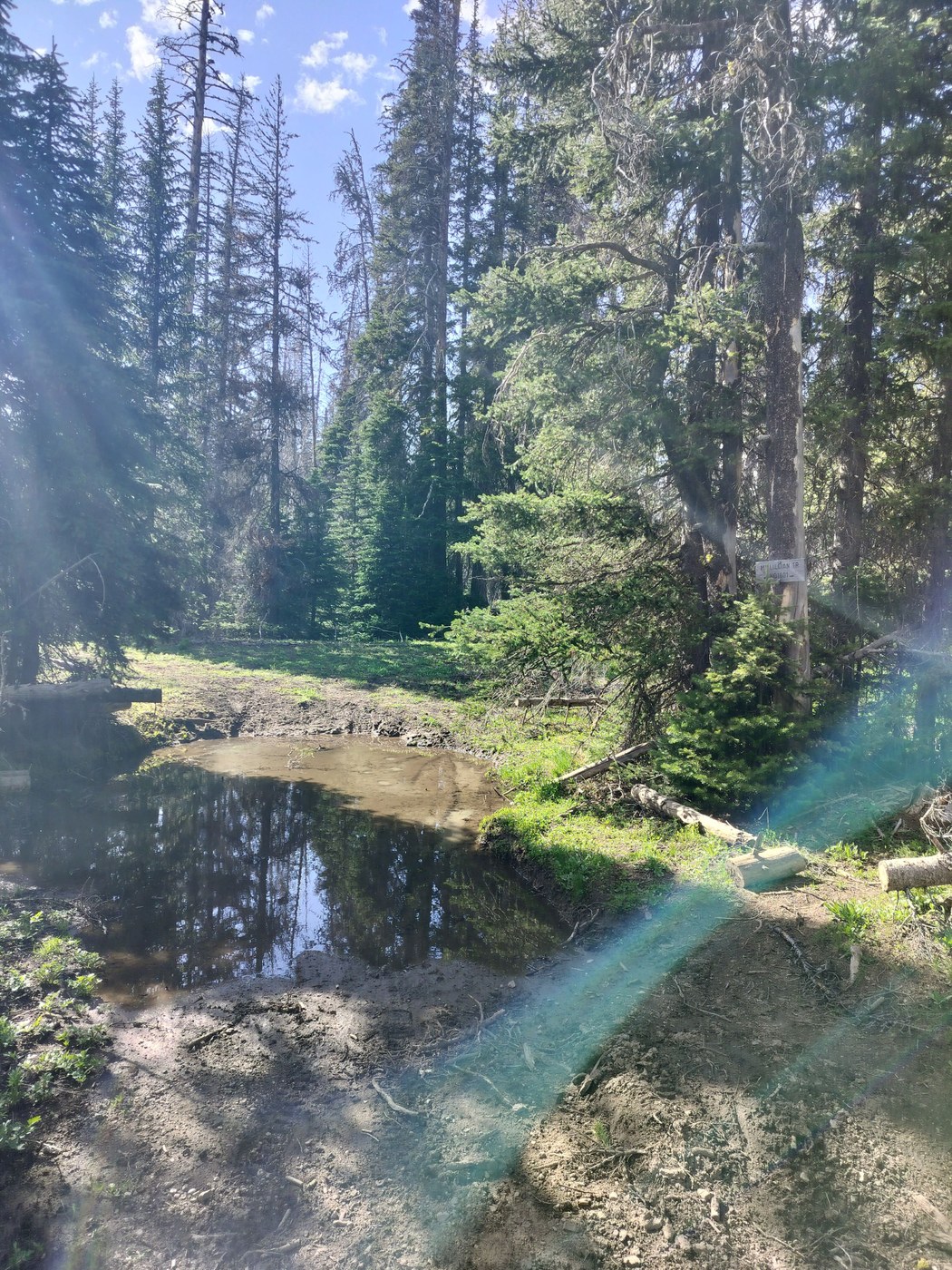ROAD:
We went to the southern trailhead. The potholes weren't that deep most of the time, but the ruts and the rockiness made me really glad to have a high-clearance vehicle. The mud had mostly dried up after 3+ days of heat and sun, but there was at least one big deep puddle. There was also one scary exposed section. But at least there are no more blowdowns on the road. There was room for 3 cars at the parking lot (at a sharp right-hand switchback in the road), which was full by 12 PM, and then one or two spots on the side further up the road where the road is a little wider. It might be doable in a sedan if you're careful, but it's risky, and every car at the trailhead had high clearance FWIW.
TRAIL:
After Upper Naneum meadow (the marshy area in the beginning), you'll come to a sign that says Mt. Lillian #1601 ↔️. You'll want to go right and then on the left fork that comes immediately after, which goes up the hill, taking you through the silvery trees about 0.5 mi to a blank sign, where the trail dips down to the right. This information is also in sunrunner's report, but I managed to misread the directions (oops), so it couldn't hurt to have it twice.
The trail is very well maintained except for a couple blowdowns in the beginning, with some dry dusty areas that can be slippery on an incline. It was about 70 degrees with some areas of shade and a cooling breeze, but it felt more like 80 in the afternoon sun on the hike back up, which made it rather grueling. Other hikers advised us of a really gorgeous viewpoint about 3 mi from the start of the blank sign marking the start of the trailhead (or 3.7 mi from the parking lot). We were down in 3 hours, back in less than 2.
FLOWERS:
It looks like the flowers are blooming slightly later on the south end of the ridge, with lots of glacier lilies, shooting stars, and spring beauties. Upper Naneum Meadow had western pasqueflower and marsh marigold. As we reached the first rocky ridge tops, we saw spreading phlox, stonecrop, Washington twinpod, cinquefoil, snow dwarf primrose, Thompson's Indian paintbrush, prairie smoke, Western clematis, Douglas buckwheat, slender phlox, sandwort, dwarf Lewisia. In the forested areas, there were Jacob's ladder (early stages), silvercrown (budding), Sitka valerian (budding), three-toothed mitrewort, small-flowered blue-eyed mary, water-leaves, balsamroot, some spring beauties and glacier lilies hanging on. Lower in elevation, we saw thinpetal larkspur, onion, milkvetch, bush penstemon and several other kinds, linearleaf phacelia in dense colonies, Wenatchee valerian, biscuitroot, lupine (there was lupine in many of the habitats, it just wasn't blooming much yet at higher elevations), lots of peach-colored, gorgeous Tweedy's lewisia, and even the bright pink bitterroot, which was a dream come true. We have rarely ever seen this many different kinds of flowers on a hike, so we were having a field day.
BIRDS:
In the burnt forest, we saw several mountain bluebirds! They blend right in with the sky.
A big thanks to Nancy K, Ups n Downs, sunrunner, and AlpsDayTripper for clearing the brush and blowdowns, reporting on road conditions, and listing out the flowers! Our adventure today wouldn't have been possible without all of you.







Comments